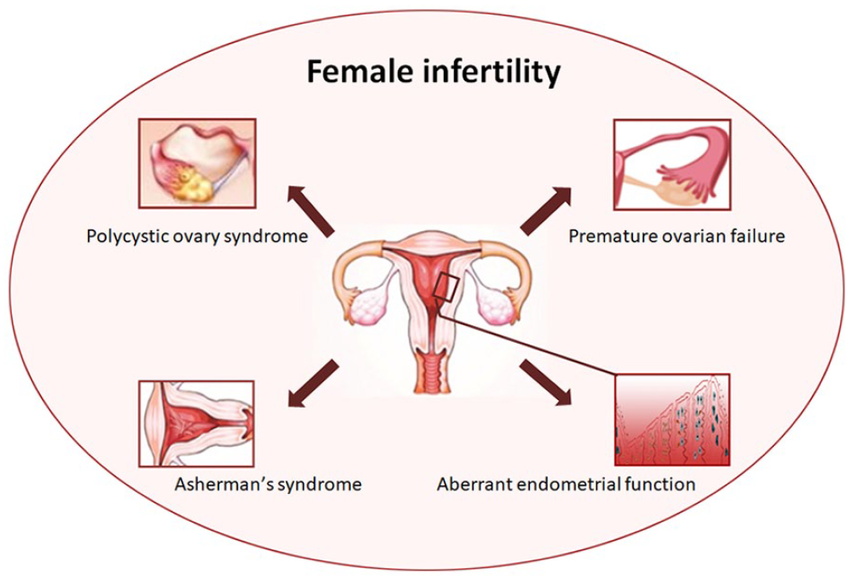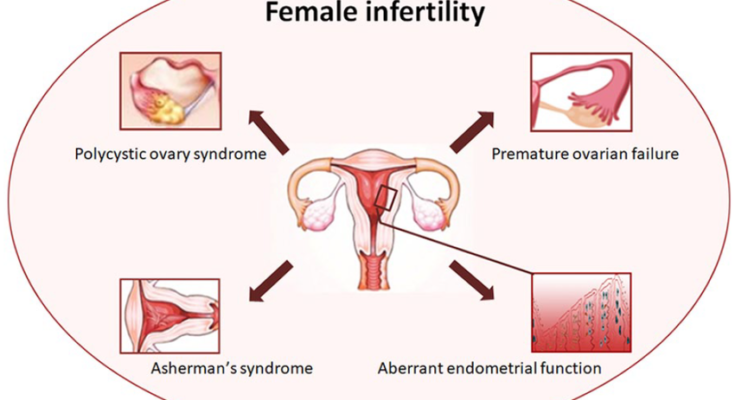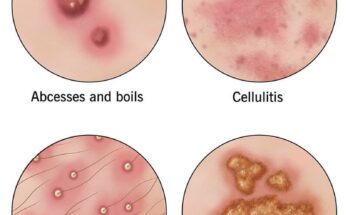Female infertility is a challenging and often distressing condition that affects millions of women worldwide. It’s a complex issue, with various contributing factors ranging from lifestyle to biological complications. In this post, we’ll explore the definition of female infertility, examine the most common causes, discuss prevention strategies, and introduce Spidex20, a promising natural remedy that offers hope to those struggling with this condition.
What is Female Infertility?

Female infertility is defined as the inability to conceive after one year of regular, unprotected sexual intercourse. For women over the age of 35, the time frame is generally reduced to six months due to the natural decline in fertility associated with age. While the journey to conceive can vary for every couple, infertility is often diagnosed when conception does not occur within these timeframes.
Female infertility is a prevalent concern, impacting approximately 10-15% of couples worldwide. The underlying causes are often varied, with many women facing multiple factors simultaneously. This can make diagnosis and treatment challenging but not impossible. With advances in medical science and natural supplements like Spidex20, many women are finding renewed hope in their journey toward parenthood.
Common Causes of Female Infertility
Infertility can result from a wide range of causes, many of which are often interrelated. Here are some of the most common factors:
1. Ovulation Disorders
- Hormonal Imbalances: Conditions like polycystic ovary syndrome (PCOS), hypothyroidism, and hyperprolactinemia can disrupt regular ovulation.
- Diminished Ovarian Reserve (DOR): With age, the quantity and quality of eggs decline, leading to reduced fertility potential. Some women may also have a lower egg reserve than average due to genetic factors.
2. Fallopian Tube Damage or Blockage
- Blocked or damaged fallopian tubes prevent sperm from reaching the egg or block the passage of the fertilized egg to the uterus. Causes include:
- Pelvic Inflammatory Disease (PID): Often resulting from untreated sexually transmitted infections.
- Endometriosis: When uterine tissue grows outside the uterus, leading to inflammation and scarring.
- Previous Surgeries: Surgical procedures in the pelvic area or previous ectopic pregnancies can cause scarring or blockage.
3. Endometriosis
- In addition to causing blockages, endometriosis can also affect egg quality, ovulation, and fertilization. The inflammation associated with endometriosis can disrupt the natural process of conception, creating an environment hostile to sperm or the embryo.
4. Uterine or Cervical Issues
- Fibroids or Polyps: Noncancerous growths in the uterus that can interfere with implantation or block the fallopian tubes.
- Cervical Stenosis: A narrowing of the cervix, often due to previous surgery or infection, can prevent sperm from reaching the uterus.
- Congenital Uterine Abnormalities: Some women are born with an irregularly shaped uterus, which can complicate implantation and pregnancy.
5. Age
- Female fertility peaks in the early 20s and gradually declines after age 30, with a sharper decline after age 35. By age 40, a woman’s chances of natural conception are significantly reduced.
6. Lifestyle Factors
- Smoking: Can damage eggs and cause early menopause.
- Excessive Alcohol Use: May interfere with ovulation and hormone production.
- Obesity: Associated with ovulatory dysfunction and hormonal imbalance.
- Poor Diet: Lacking essential nutrients like folic acid, zinc, and iron, which are crucial for reproductive health.
- Stress: Chronic stress can impact hormone production, affecting ovulation and the reproductive system.
Prevention Strategies for Female Infertility
While some causes of infertility are beyond control, certain lifestyle and health practices can improve fertility. Here are some steps to help reduce the risk of infertility:
- Maintain a Healthy Weight: A balanced weight contributes to hormonal balance and regular ovulation.
- Regular Exercise: Engage in moderate physical activity to maintain fitness and reduce stress, but avoid extreme exercise, which can disrupt ovulation.
- Balanced Diet: Incorporate a diet rich in fruits, vegetables, whole grains, and lean proteins. Focus on foods with fertility-boosting nutrients like folate, vitamin C, and zinc.
- Avoid Smoking and Limit Alcohol: Both can negatively impact fertility and egg health. Avoiding smoking and drinking alcohol moderately, if at all, can be beneficial.
- Monitor Your Menstrual Cycle: Keeping track of ovulation and menstruation patterns can help detect any irregularities that might signal underlying fertility issues.
- Manage Stress: Chronic stress can impact ovulation and hormone levels. Practices like yoga, meditation, and deep breathing can be helpful in reducing stress.
- Seek Regular Health Check-Ups: Routine check-ups with a healthcare provider can help catch and address issues early on.

Introducing Spidex20: A Natural Solution for Female Infertility
Spidex20 is a new natural supplement designed to address the root causes of female infertility. Made from a blend of plant-based ingredients, Spidex20 is formulated to support reproductive health, enhance hormonal balance, and improve ovulation, making it easier for women to conceive.
How Does Spidex20 Work?
Spidex20’s formulation includes ingredients that are known to target some of the key issues behind female infertility. Here’s how it works:
- Supports Hormonal Balance: Spidex20 contains natural herbs that help regulate estrogen and progesterone levels. Hormonal balance is essential for regular ovulation and a healthy menstrual cycle.
- Improves Egg Quality: Antioxidants present in Spidex20 help protect eggs from oxidative stress, a known contributor to egg quality decline.
- Reduces Inflammation: Certain ingredients in Spidex20 have anti-inflammatory properties, which can help alleviate the discomfort and inflammation associated with conditions like endometriosis and PCOS.
- Boosts Blood Flow to Reproductive Organs: Proper blood circulation is essential for reproductive health. Spidex20 includes natural ingredients that enhance blood flow to the uterus and ovaries, supporting overall fertility.
- Promotes Healthy Ovulation: By supporting the body’s natural hormone production, Spidex20 can help ensure regular ovulation cycles, which is crucial for conception.
Key Ingredients in Spidex20
Spidex20 is crafted from a blend of scientifically studied herbs and natural ingredients known for their fertility-boosting properties:
- Maca Root: A powerful adaptogen that supports hormonal balance and reproductive health.
- Ashwagandha: Known for reducing stress, which can contribute to hormonal irregularities.
- Vitex (Chasteberry): Commonly used to support regular ovulation by balancing estrogen and progesterone levels.
- Red Clover: Rich in phytoestrogens, which may help with estrogen balance and support reproductive health.
- Green Tea Extract: High in antioxidants, this helps protect eggs from damage and supports overall reproductive function.
How to Use Spidex20
Spidex20 is typically taken as a daily supplement, but it’s important to consult with a healthcare provider before starting any new supplement, especially if you have an existing medical condition or are on medication. As a natural supplement, Spidex20 generally has fewer side effects than synthetic fertility treatments, and it can be a valuable addition to a comprehensive fertility plan.
Conclusion
Female infertility is a complex issue, but there are many ways to support reproductive health and increase the chances of conception. Lifestyle changes, a healthy diet, and natural supplements like Spidex20 can be effective tools in managing infertility.
If you’re on a journey to conceive and facing challenges, consider consulting with your healthcare provider to discuss treatment options, including natural solutions like Spidex20. Remember, every step you take to enhance your reproductive health brings you closer to achieving your goal of parenthood.



